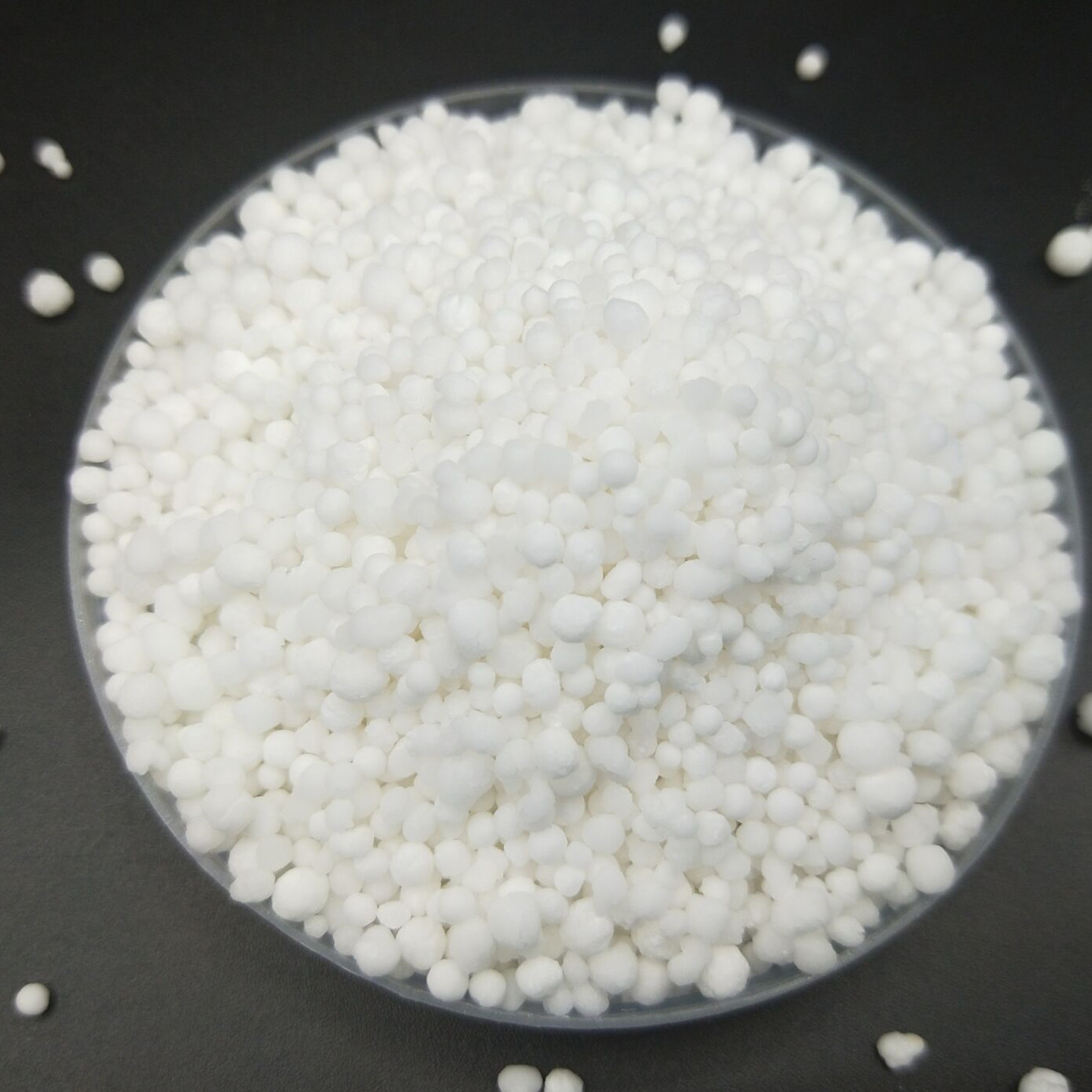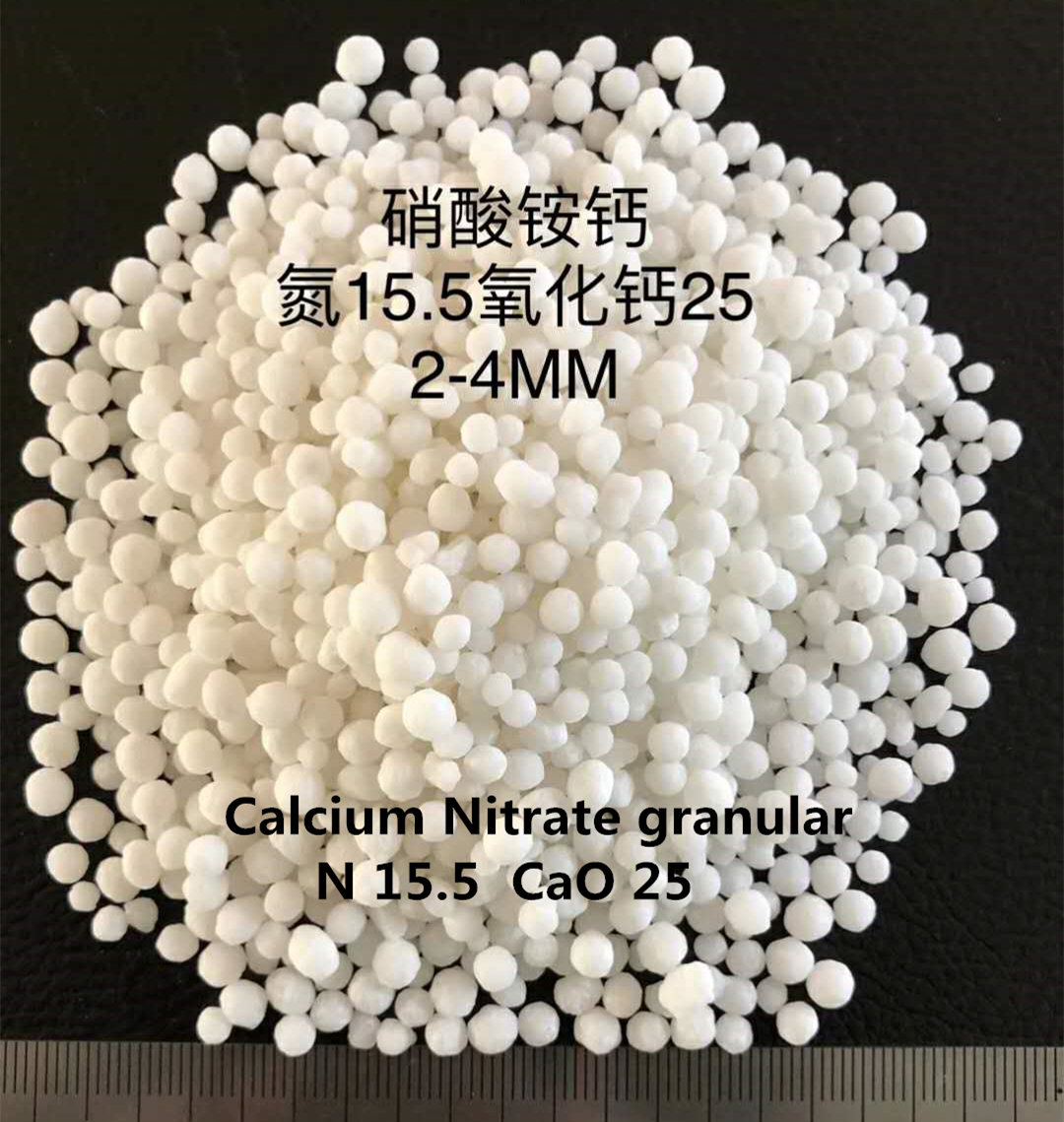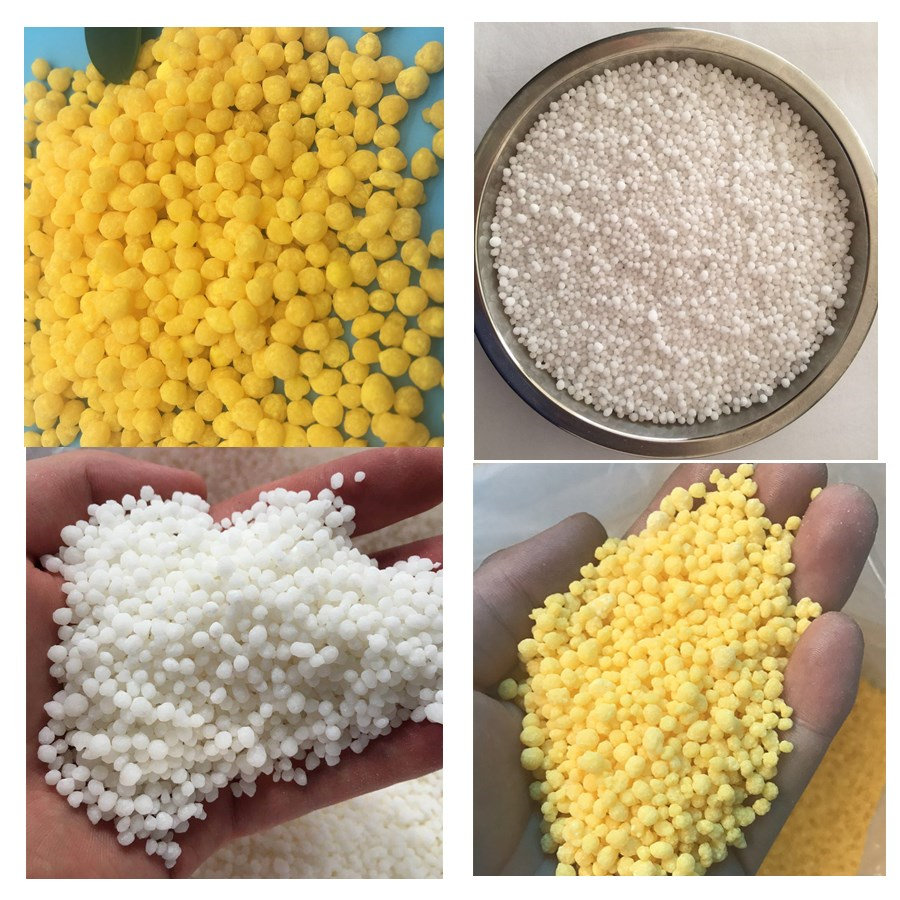
Oct . 06, 2025 08:10 Back to list
Calcium Ammonium Nitrate CAN White granular agriculture?
If you’ve ever tried to push yields on orchards or vegetables without chasing pH swings, you already know why growers keep a bag of Calcium Ammonium Nitrate CAN White granular agriculture close at hand. The near‑neutral effect on soil pH is the quiet superpower here—especially when lime incorporation is, well, wishful thinking under a mature canopy.
Origin-wise, this line ships from A-713, Zhengyang city square, Chang'an district, Shijiazhuang, Hebei, China. I’ve visited similar plants in North China—clean prill towers, tidy coating lines, nothing flashy, just dependable chemistry.

Industry trend check
Two things are moving the market: precision fertigation (even in open field) and risk management against weather whiplash. CAN’s split nitrogen—fast nitrate plus steadier ammonium—fits both. Many customers say it’s the “summer and winter safety net,” because topdressing between weird rain windows still pays.
What it is, technically
CAN is a granulated blend of ammonium nitrate stabilized with calcium carbonate/dolomite. That buffering is why pH drift is minimal. You get quick green-up from NO3‑N and sustained uptake from NH4‑N. In fact, uniform prills are kind to spinners and drip tanks alike.

Typical specs
| Total Nitrogen | ≈ 27.0% (real-world ±0.3%) |
| Nitrate-N / Ammonium-N | ≈ 13.5% / 13.5% |
| Calcium (as CaO) | ≈ 8% (buffering) |
| Granule size | 2–4 mm ≥ 90% |
| Moisture | |
| Bulk density | 0.95–1.05 g/cm³ |
| Shelf life | 24 months dry & shaded |
Process flow (how it’s made)
Materials: ammonium nitrate melt, ground limestone/dolomite, trace anti‑caking agents.
Method: neutralization → granulation/prilling → drying → screening (2–4 mm) → anti‑caking coating → bagging (25/50 kg; 1,000 kg).
Testing standards: N by Kjeldahl or Dumas (AOAC methods), particle size per EU fertilizer norms, hardness/prill strength, moisture by oven method. Vocabulary aligns with ISO fertilizer terminology.

Where it shines
- Perennial fruit: apples, citrus, vines (pH-sensitive blocks).
- Vegetables: brassicas, potatoes, onions—steady N under variable weather.
- Cereals & forage: even topdress spread, reliable early kick.
- Greenhouse & drip: dissolves cleanly; check filtration anyway.
Field data, Hebei veg grower (2024): 120 kg N/ha via split CAN increased marketable yield by 6.8% vs. urea-only; soil pH held at 6.2–6.3 over 60 days. Another case in a Shandong apple block reported smoother color development after two light topdressings—anecdotal, but it tracks with nitrate response.
Vendor quick compare
| Vendor | N (total) | CaO | Granule uniformity | Certs | MOQ/Lead time |
| HH Fertilizer (this product) | ≈27% | ≈8% | 2–4 mm ≥90% | Factory QC; EU-aligned labeling | Flexible / 10–21 days |
| Generic import (A) | 26–27% | 6–8% | Mixed prill 2–5 mm | Basic COA | Full container111 / 3–4 weeks |
| Local co‑op blend | ≈26% | 4–6% | Granular, some fines | Domestic labels | Pallet lots / Ready stock |
Customization & QA
Options: custom bagging, anti‑caking coating level, tighter 2–3.5 mm cut, and nitrate-forward or balanced blends for fertigation. COA shows N split, moisture, hardness, and sieve profile. Compliance references: EU 2019/1009 labeling principles; nitrogen by AOAC Kjeldahl/Dumas; terminology per ISO. Service life is mainly storage—keep it dry, and it behaves.
Customer feedback? Surprisingly consistent: “spreads evenly, fewer stripes,” “no crusting in the tote,” and “plants respond faster than with urea.” I guess that’s the nitrate talking. For perennial blocks, Calcium Ammonium Nitrate CAN White granular agriculture is the easy button when pH is touchy.
Application notes
Topdress 80–150 kg N/ha in splits; fertigation at 2–6 kg/ha per event, adjust by tissue tests. Always consider local regulations for nitrate handling and water protection.
- FAO. Fertilizer and Plant Nutrition Guide (latest edition).
- European Commission. Regulation (EU) 2019/1009—EU Fertilising Products.
- AOAC Official Methods for Nitrogen (Kjeldahl/Dumas), latest compendium.
-
Sustainable Growth with Organic Phosphate Fertilizer | Benefits & Innovations
NewsNov.24,2025
-
Organic Phosphorus and Potassium Fertilizer: Sustainable Soil Nutrition & Global Impact
NewsNov.24,2025
-
Organic Phosphorus Fertilizer: Sustainable Nutrient Solutions for Modern Agriculture
NewsNov.23,2025
-
Sustainable Growth with Organic Phosphorus Plant Fertilizer | HH Fertilizer
NewsNov.23,2025
-
Organic Plant Meal Fertilizer for Sustainable Agriculture – Benefits & Innovations
NewsNov.22,2025
-
Organic Plant Root Fertilizer – Sustainable Solutions for Healthy Soils & Stronger Plants
NewsNov.22,2025
